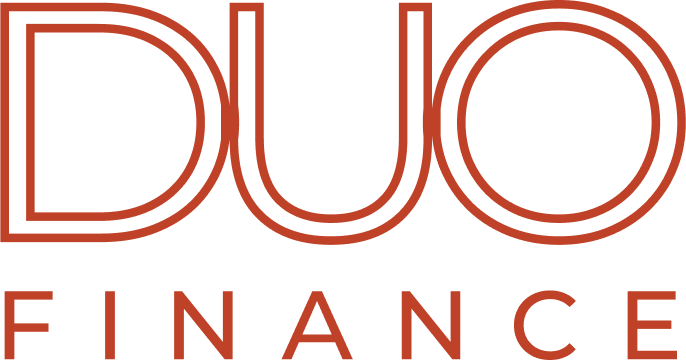When looking to manage working capital and cash flow in the most efficient way possible, there are a number of lending solutions that have been tailored specifically with working capital in mind.
One of these solutions is the humble ‘overdraft’. This traditional facility provides a buffer for known cyclical or unexpected cash flow requirements. It places a limit against a business’ main cheque account, which can be used to overdraw the account up to the designated limit.
The overdraft is easy to use, flexible, and can be a long-term or ongoing arrangement. It can be linked to your main business cheque account, and you can put money in as you please, and draw it up to the overdraft limit. It is also a ‘revolving facility’, with no fixed expiry date (but may be subject to periodic review).
However, the overdraft can become ‘hardcore’ during unforeseen circumstances, which can impact regular cash flow. This might mean the balance no longer fully fluctuates, indicating difficulty in paying it off.
The interest rates for the overdraft also tend to be higher and may involve line fees associated with having the limit available (even if unutilised). The overdraft also tends to be secured against property, which may not be available to all borrowers (although in some circumstances may be unsecured at much higher interest rates).
This solution can be harnessed effectively to manage times of strained cash flow but can also leave you with long-term debt that does not reduce. It is always important to seek expert advice when determining whether this solution aligns with your circumstances.

